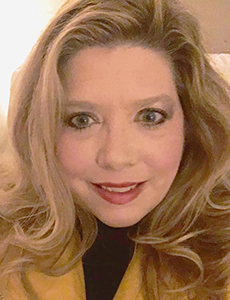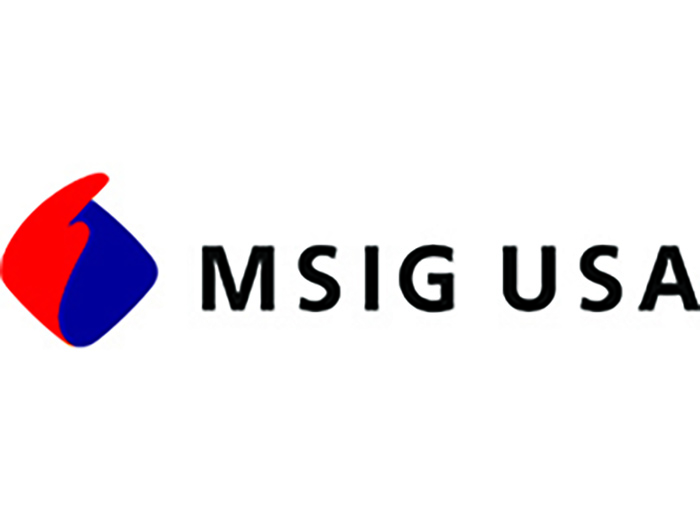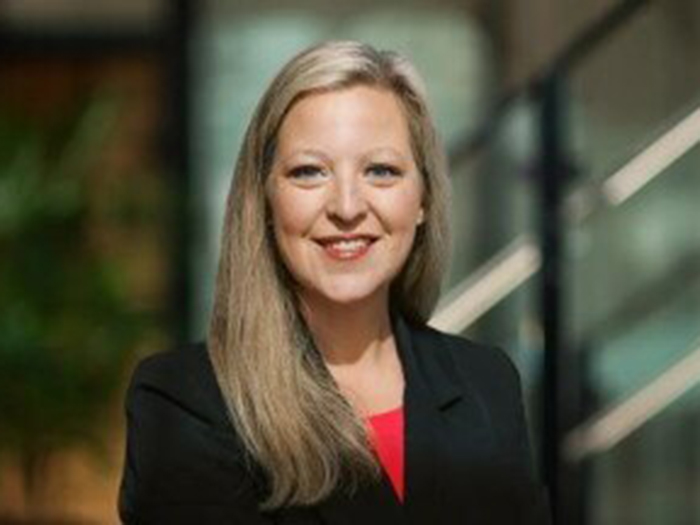Sponsored Content by Nationwide
Products Liability Risk Is Constantly Evolving. Here’s What a Good Underwriting Partner Should Be Doing

In the hyper-specialized world of products liability underwriting, top underwriters know they need to develop a deep understanding of their clients’ exposures.
Some products, like cosmetics or sustainable cleaning products, will naturally have a lower level of risk. But others — like heating products, certain pharmaceuticals, heavy machinery or some sporting equipment — may be more likely to experience losses.
“There’s certain types of products where you are guaranteed a loss,” said Amy Finnegan, executive underwriting director, E&S brokerage excess casualty with Nationwide. “That doesn’t mean you can’t write those products; you just have to know how to write those products, what to look for and how to manage those products through your years of having them on the books.”
To accurately write products liability coverage, underwriters need to understand evolving trends in the space, build deep expertise in their clients’ products and businesses, and work with claims teams to write specialized coverage terms.
The best in the industry will excel in all three of these areas for a products liability approach that serves both their insureds and the carrier’s book of business.
Evolving Products Liability Risk

Amy Finnegan, Executive Underwriting Director, E&S Brokerage Excess Casualty, Nationwide
Products liability risk is constantly evolving. As demand for certain products increases, manufacturers might pivot to making new materials. Others might see an increase in risk if an existing product becomes a hot item.
Just look at the effects the COVID-19 pandemic had on certain types of materials, for example. As the demand for personal protective equipment like masks surged, some manufacturers pivoted to making those products.
Underwriters had to scrutinize whether insureds had enough expertise to successfully and safely pivot to manufacturing products they may not have worked with before. Finnegan said they had to ask, “What were the claim ramifications of insuring things like masks, antiseptic, hand sanitizers, ventilators and similar products?”
Other industries, like home gym and sporting equipment manufacturers, saw an increase in sales as people bought weights and bicycles to work out at home during the stay-at-home mandates. Once the initial pandemic shelter-in-place restrictions lifted, consumer demand for those products decreased, causing some insureds to adjust the amount of products liability coverage they needed to buy.
“All those products exploded and then waned,” Finnegan said. “A good products liability partner needs to be there for insureds to help with solutions like adjusting the revised sales midterm, then base renewals off of that.”
Underwriters also need to keep abreast of these trends so they can accurately evaluate a client’s exposure. That way, they can determine their appetite for a particular risk and how much coverage will cost.
Capacity and Market Trends
Because risks in the product liability space are ever-evolving, so too is carrier appetite. Some carriers may elect to specialize only in certain products, while others may have a broader appetite. Certain high-hazard products, like e-scooters for instance, may have trouble finding the capacity they need, but overall, there’s a broad appetite, Finnegan said. Carriers enter and exit the space all the time.
“There’s tons of products business out there that is an opportunity every day,” Finnegan said.
Given the wide variety of products that need insurance, underwriters have the opportunity to develop creative and specific insurance solutions for any given risk. The best insurance professionals will often build knowledge of specific classes of products, which can help them build deep relationships with brokers and earn respect in the wholesale world. That respect can help carriers grow their books in specific areas.
“You want to create some subject matter experts in the products world,” Finnegan said. “Empower your underwriters. Teach them. Share ideas.”
In order to build specialized knowledge, underwriting talent needs to feel empowered to grow in their careers and develop their own expertise. Visiting with brokers and asking critical questions about product labeling, safety protocols and other factors can help underwriters understand how hazardous a particular product may be, enabling the underwriter to price the exposure accordingly.
Additionally, specialized courses, industry events like WSIA Marketplace and other educational offerings can help underwriters continue to grow their knowledge and build lasting relationships with the wholesale brokerage community. That commitment to building both knowledge and relationships is crucial for underwriters who are looking to grow their books.
“It’s all about knowing the insured, knowing their safety, knowing their emphasis on warnings,” Finnegan said.
“If you want to play in the products field, you have to have the right claim adjusters, products adjusters, people who understand the laws, the venues, how a jury’s going to react to a loss.”
Combining Underwriting Muscle with Deep Claims Expertise
A winning products liability underwriting approach will combine deep expertise with an understanding of the evolving exposures a given product may face.
Nationwide works to build its underwriting talent so that they can become experts in a given risk. It conducts mock trials to gauge how a jury might respond to a given risk and is constantly evaluating its underwriting approach to create the best insurance solutions possible for its clients.
“You see the talent, you grow the talent,” Finnegan said. “I love to train and educate people and build their confidence around the products space.”
In addition to asking important questions of their clients and working to understand the given hazards associated with a particular product, Nationwide’s underwriters work closely with claims experts to understand what jury trends and regulatory issues could lead to an uptick in claims.
Products liability adjusters stay up to date on any new laws or judicial decisions that could affect the outcome of a claim, and they can share that knowledge with underwriters. Claims teams can also help underwriters get the wording just right so that a policy is tailored to a client’s individual risk.
“Sometimes, when you get a product in, you have to sit back and say, ‘How hazardous is this? Is it low, medium, high? And what could happen? What’s the worst thing that could happen?’ And sometimes, you get something that, like a baseball bat manufacturer, you think to yourself, ‘What could go wrong?’ ” Finnegan said. “Use those claims team members as resources. Go to them, ask them about a product.”
If an underwriter builds deep expertise and fosters relationships with brokers and claims team members, they’ll be able to accurately price products liability risks, creating winning solutions for insurers and insureds alike.
To learn more, visit: https://nationwideexcessandsurplus.com/public/index.jsp.
About Nationwide
AM Best Rated A+ XV | S&P A+ | Fortune 100 Company
Products underwritten by Nationwide Mutual Insurance Company and Affiliated Companies. Not all Nationwide affiliated companies are mutual companies, and not all Nationwide members are insured by a mutual company. Home Office: One Nationwide Plaza, Columbus, OH. Nationwide, the Nationwide N and Eagle, and other marks displayed on this page are service marks of Nationwide Mutual Insurance Company, unless otherwise disclosed. © 2023 Nationwide Mutual Insurance Company.
![]()
This article was produced by the R&I Brand Studio, a unit of the advertising department of Risk & Insurance, in collaboration with Nationwide. The editorial staff of Risk & Insurance had no role in its preparation.










